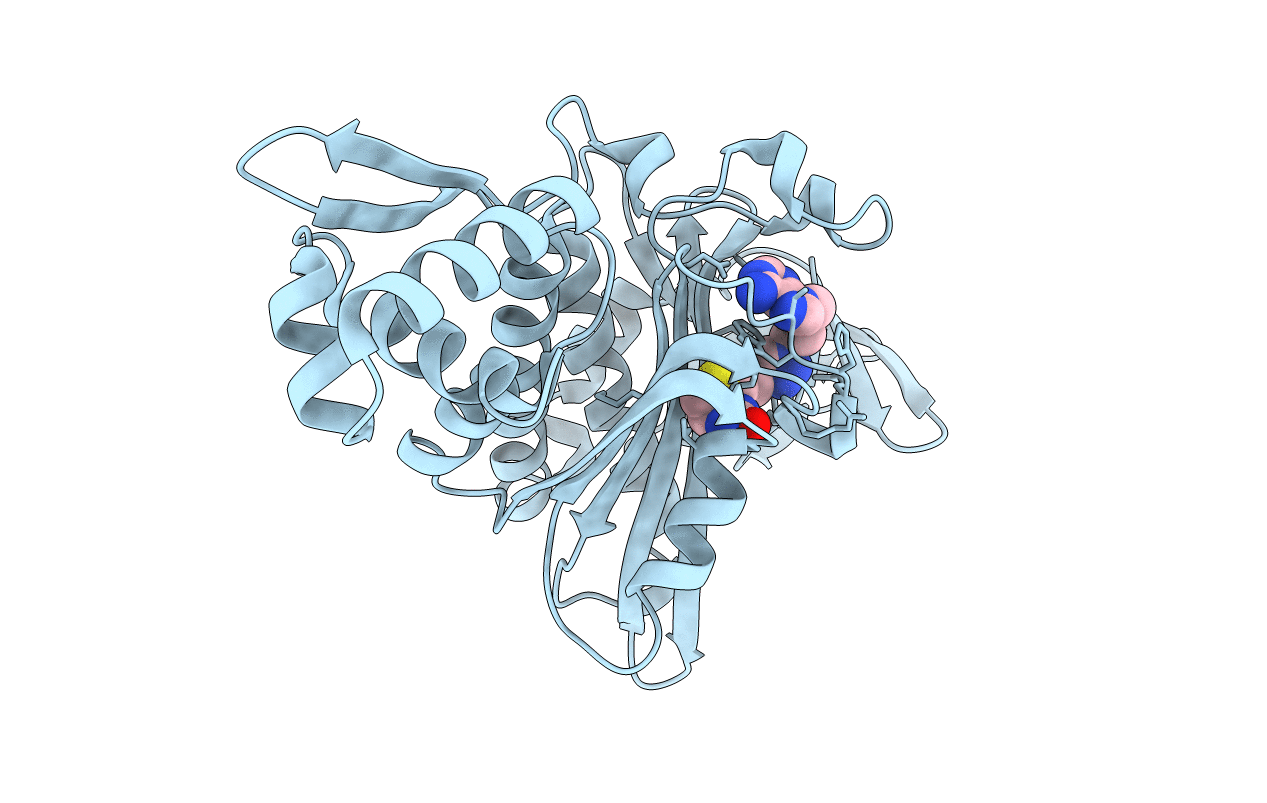
Deposition Date
2011-12-21
Release Date
2012-12-26
Last Version Date
2023-11-08
Entry Detail
PDB ID:
3V7R
Keywords:
Title:
Crystal structure of Staphylococcus aureus biotin protein ligase in complex with inhibitor
Biological Source:
Source Organism:
Staphylococcus aureus (Taxon ID: 553596)
Host Organism:
Method Details:
Experimental Method:
Resolution:
2.61 Å
R-Value Free:
0.25
R-Value Work:
0.20
R-Value Observed:
0.20
Space Group:
P 42 21 2


